Looking to explore Tule Springs monument? Let this be your guide




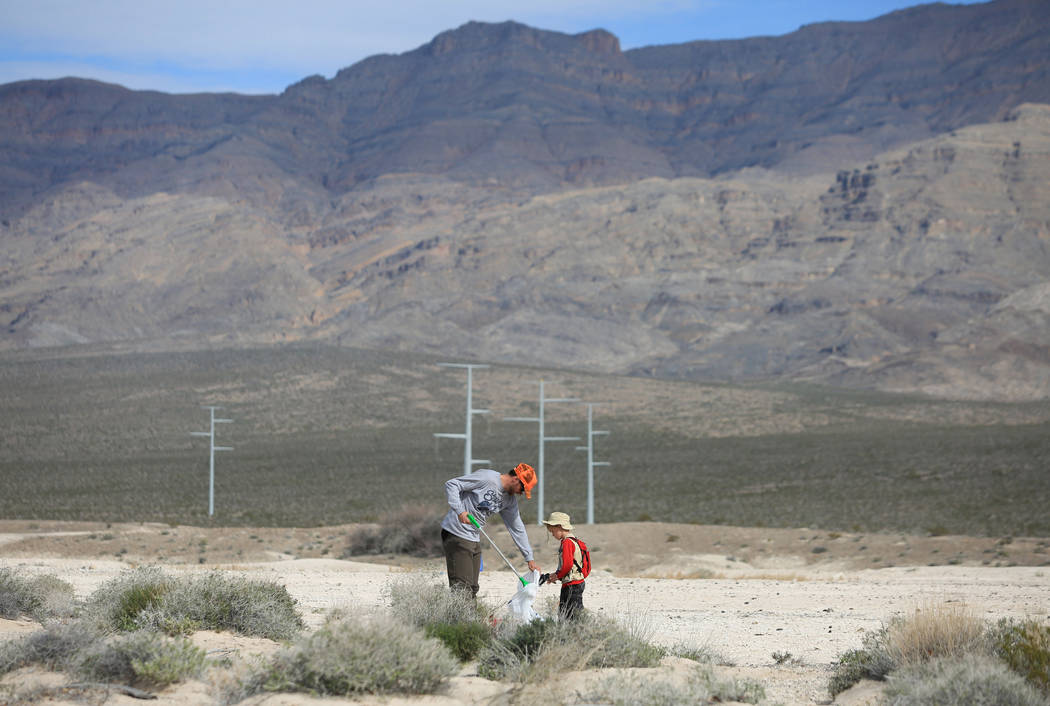



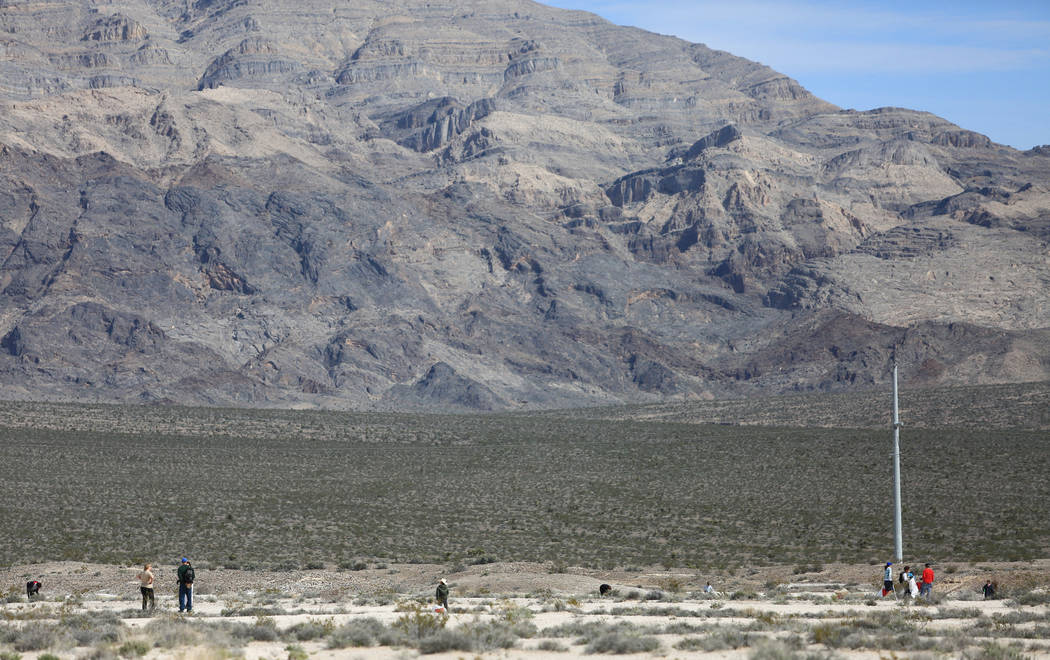
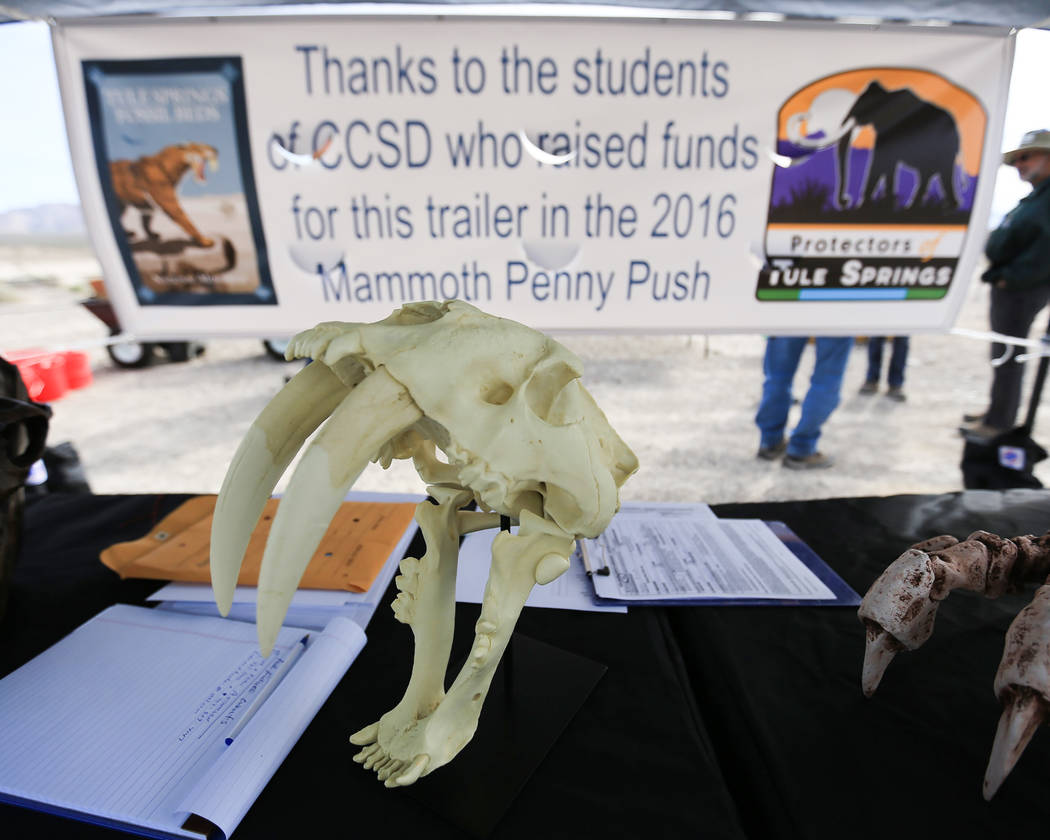
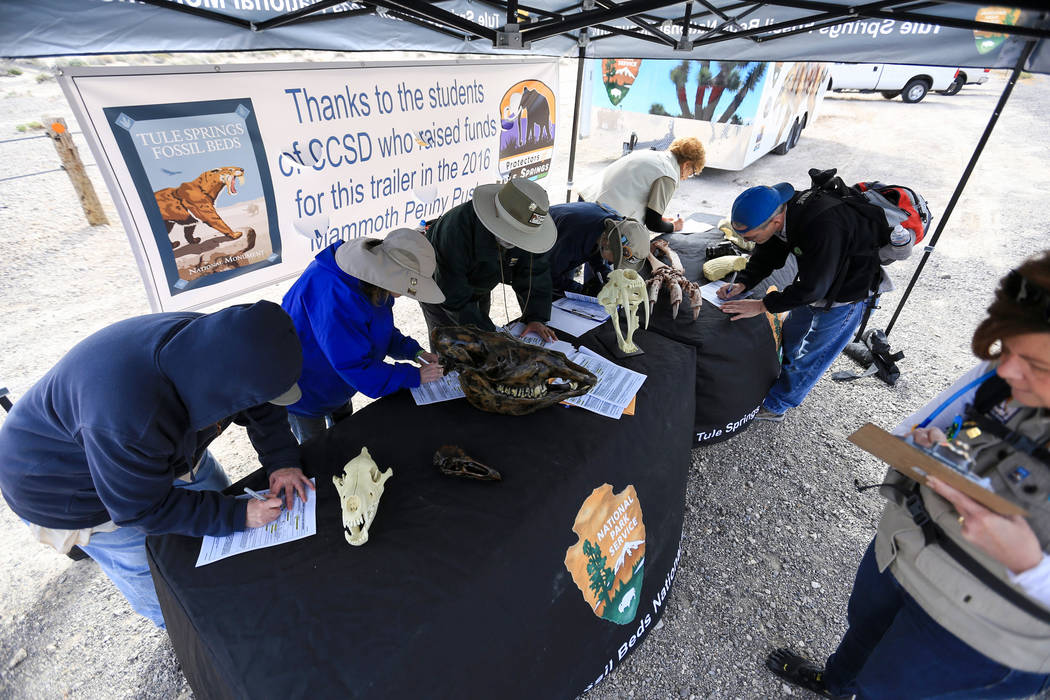
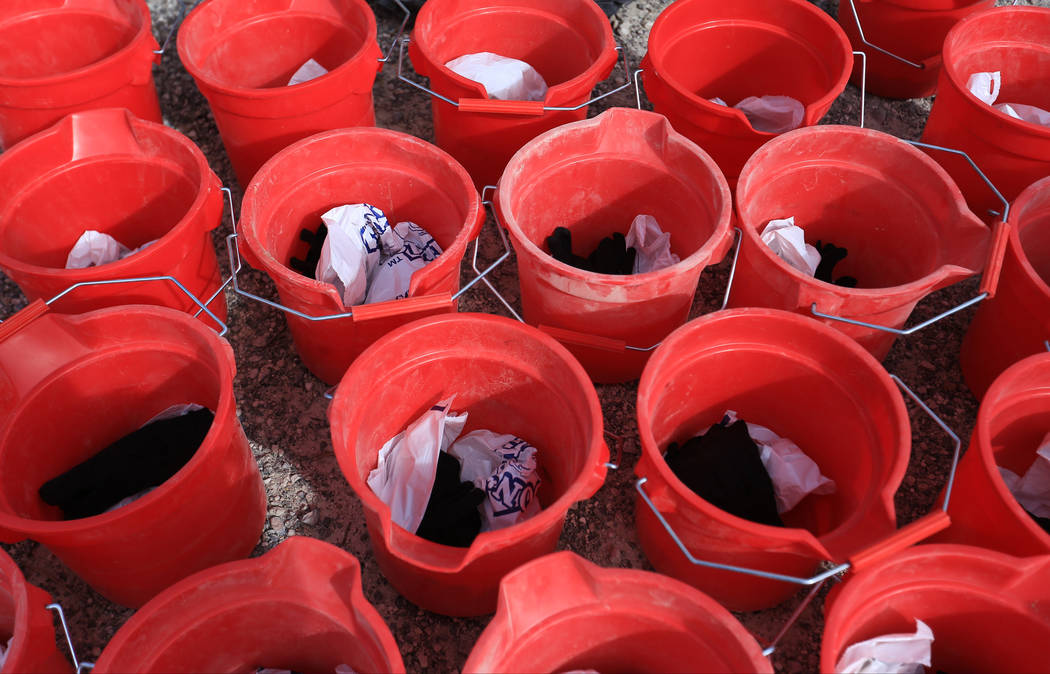
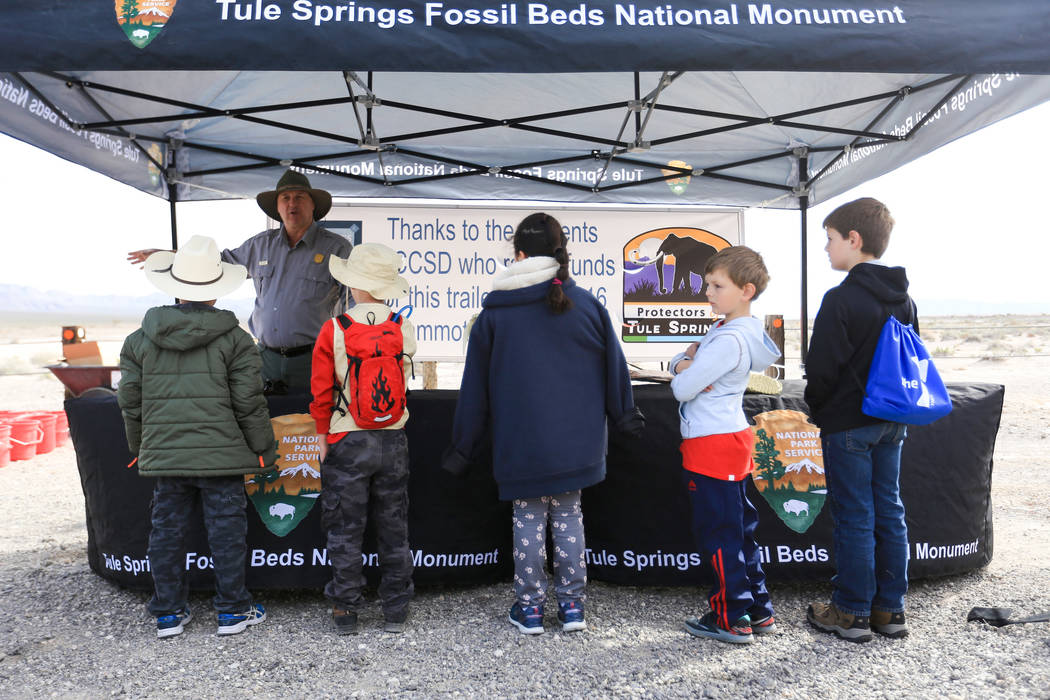
It’s easy to stand in the chalky, trash-strewn hills of Tule Springs Fossil Beds National Monument and wonder, “Why am I out here again?”
Even researcher Kathleen Springer admits that the appeal of the place “is not abundantly apparent at first glance.”
But once you understand the scientific significance of the 22,650-acre preserve at the Las Vegas Valley’s northern edge, it’s impossible not to appreciate it, she said.
To help, Springer and fellow researchers Jeffrey Pigati and Eric Scott have authored the first comprehensive field guide for the monument and its geologic treasures.
Springer described the 46-page guide as a “greatest hits” of cool places that the public can trek to in the park and learn about the geology and paleontology.
The document, available free online, highlights 20 sites of scientific interest, complete with GPS coordinates, detailed descriptions and photographs of what was found there.
“It’s like pulling the curtain aside on this story,” said Springer, a geologist and paleontologist with the U.S. Geological Survey. “This is actually what these rocks are telling us.”
Though the guide is somewhat technical in nature, she said, it was written for a wide audience, from fellow scientists to the “educated layperson” eager to know more about Tule Springs.
The national monument was created in December 2014 to preserve an ice age treasure trove along the Upper Las Vegas Wash, where researchers have discovered the bones of extinct mammoths, camels, horses, bison, American lions, dire wolves and saber-toothed cats.
Springer said those animals were drawn together by what was then an expansive desert wetland, sort of “the AM-PM mini-mart of the Pleistocene.”
Geologic formations in the area chart changes to that landscape as the climate shifted over the past 300,000 years, offering clues that could “inform the future” even as they illuminate the ancient past, Springer said.
“We are documenting centuries-long ‘megadroughts’ where this stuff dries up and then it comes back,” she said.
Released in late February, the field guide collects more than a decade worth of scientific work in the Tule Springs area, including the very latest findings and revisions. “It’s all the most up-to-date stuff … literally hot off the press,” Springer said.
Just be prepared to work a bit for your education. There are no designated roads, trails or other infrastructure within the monument. You must hike cross country — several miles in some cases — to reach the highlighted sites from Tule Springs’ main entry points at the northern end of Durango Drive and the northern end of Decatur Boulevard.
And if you happen to make a discovery of your own while you’re out there, don’t try to take it with you. As the field guide notes, it’s illegal to collect or disturb fossils, rocks or plants within a National Park Service site.
Contact Henry Brean at hbrean@reviewjournal.com or 702-383-0350. Follow @RefriedBrean on Twitter.


















